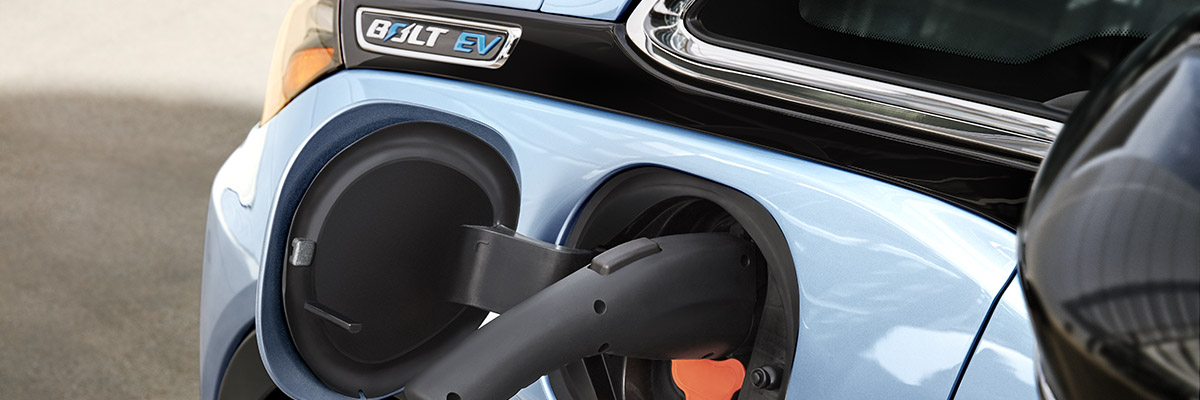
 Your Credit Estimate
Your Credit Estimate
 Your Credit
Your Credit
Your zip code helps us provide you with the most accurate vehicle pricing and vehicle availability.
We estimate your credit score to give you an idea of your monthly payments. To get an accurate payment amount, complete our credit application by clicking the Start Credit Application button below.
start credit application
Plug-in hybrid vehicles (PHEVs) and electric vehicles (EVs) are starting to take the auto industry by storm. The demand for cars that emit less tailpipe emissions is growing, the cost to build alternative fuel vehicles is steadily decreasing, and charging stations are becoming more popular. However, that doesn’t mean internal combustion engine (ICE) vehicles will go extinct, at least not for quite some time. They’re here to stay for a while longer, but will they stay for good once people see the difference in maintenance costs and care between an ICE and electric vehicles? Maybe.
Maintenance of an ICE Vehicle
Anyone who has a car knows a little about vehicle maintenance. Almost all ICE vehicles need routine maintenance like an oil change every 3,000-5, 000 miles, check tire pressure and replace the tires when the tread gets too low, and there are a variety of other engine parts that require tune-ups and fluid replacements, and the frequency of such varies on a majority of them. Maintenance costs varies in price depending on the service, but oil changes typically range from $20-$80, transmission fluid has an average of $100, and if there is any leaking like the coolant, that’ll be $400 in repairs. It’s all pretty doable though.
Replacing or repairing parts of the powertrain are the real kicker. The reason ICE vehicles need frequent tune-ups and scheduled maintenance is because of all the moving parts that it takes to make a car properly work. What if, say, the transmission breaks down due to wear-and-tear or a car accident? Repairs start around $300 and up, and can cost as much as $3,000 for a replacement. Replacing a head gasket can cost just as much as replacing the transmission depending on the vehicle. Also think about the brakes; costs can start at $150 per axle (two brake pads), and as much as $300 depending on expensive vehicles. Such repairs don’t happen every day, and may never happen to a vehicle while in ownership, but if it does, that’s quite the pretty penny.
Maintenance of an Electric Vehicle
When it comes to an EV, maintenance is a little different. There are fewer moving parts in an electric vehicle, and that means less maintenance is required and they’re more reliable. The electric motor battery is sealed and maintenance free; the controller and charger are electronic devices with no moving parts and require little-to-no maintenance; all that may ever need to be looked at is the electric motor, with a single moving part, the shaft.
The costs of maintenance for electric vehicles is so much less. It’s almost impossible to find an exact quote online. Actually, the only major maintenance or major cost of owning an EV is the cost to replace the battery. Just like a battery in a laptop, the battery powering a vehicle’s electric motor eventually can no longer hold a charge. In an EV, this means the car is kaput - it ain’t moving.
Replacing the battery in an EV can be several thousand dollars, but thankfully, most automakers provide battery warranties that are generally much better than the standard powertrain warranty offered on ICE vehicles - typically covered for 5 years or 60,000 miles. For instance, the Chevy Bolt EV has an 8-year or 100,000-mile battery warranty, so that’s pretty good. Hyundai added a lifetime guarantee to their hybrid batteries several years ago, and some brands may even extend something similar to their electric vehicles or plug-in hybrids.
On top of the savings in maintenance, there are several other ways EV owners save money in comparison to people who own internal combustion engines. According to FuelEconomy.gov, the average cost to fuel the Chevy Bolt EV for one year is $550, and in comparison to the average vehicle, the owner of a Chevy Bolt EV can expect to save around $4,750 in fuel costs in five years. In addition to the fuel costs, the Chevy Bolt EV qualifies for a $7,500 federal tax credit, so buyers can financially benefit from that as well. However, the best savings benefits about EVs like the Chevy Bolt EV aren’t just financial, though that is a great incentive. The best savings about EVs really are the savings in greenhouse gas emissions. While not everyone believes the same things in regards to climate change or global warming, breathing clean air is something everyone can agree on.
What do you think about the future of the auto industry? Is it ready to go green? Chat with us on social media about it.